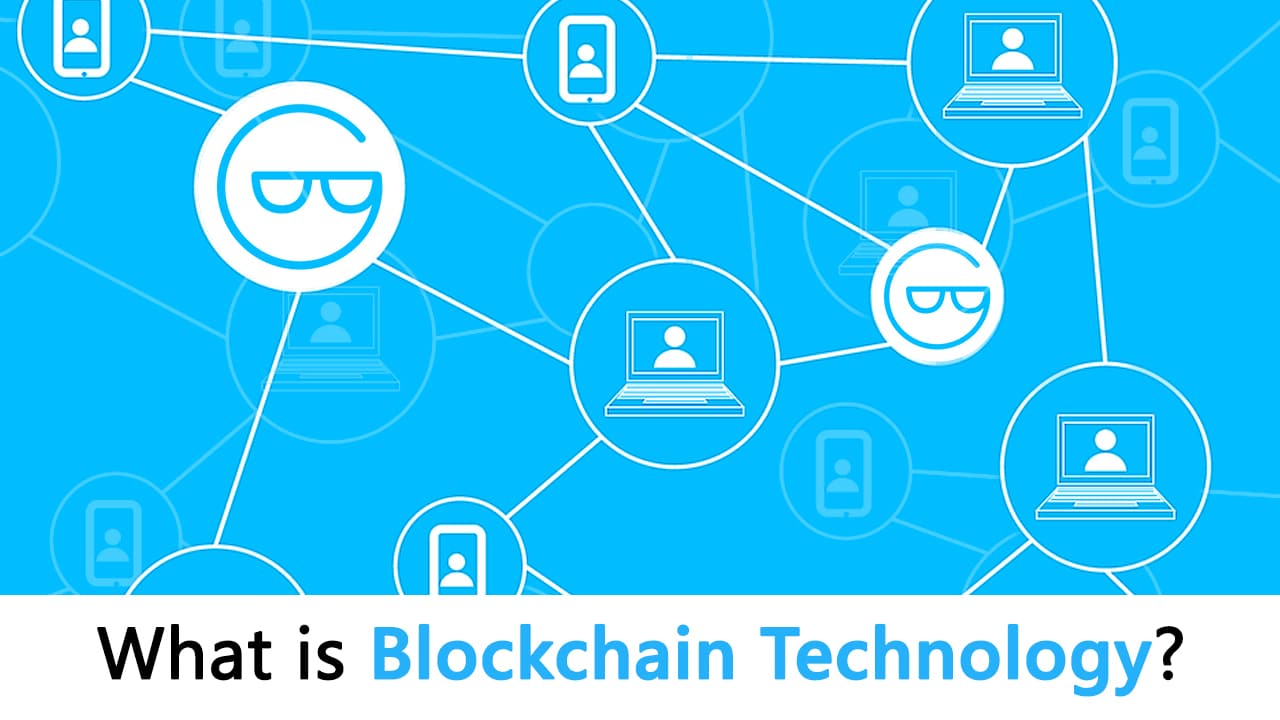In the least difficult terms, Blockchain can be depicted as an information structure that holds value-based records and keeping in mind that guaranteeing security, transparency, and decentralization. You can likewise consider it a chain or records put away in the types of squares which are constrained by no single position. A blockchain is a disseminated record that is totally open to any and everybody on the system. When a data is put away on a blockchain, it is incredibly hard to change or modify it.
Every exchange on a blockchain is verified with a digital signature that demonstrates its authenticity. Because of the utilization of encryption and digital signatures, the information put away on the blockchain is carefully designed and can't be changed.
Blockchain enables all the system members to reach on an agreement, usually known as consensus. Every data placed on a blockchain is recorded carefully and has a typical history which is accessible for all the system members. Along these lines, the odds of any false action or duplication of exchanges is dispensed with without the need of a third party.
So as to comprehend blockchain better, consider a model where you are searching for a choice to send some cash to your friend who lives in a different area. A general alternative that you can regularly utilize can be a bank or by means of an installment move application like PayPal or Paytm. This alternative includes third-parties so as to process the exchange because of which an additional amount of cash is deducted as transfer fee. Besides, in cases like these, you can't guarantee the security of your cash as it is profoundly conceivable that a programmer may upset the system and take your cash. In both the cases, the client endures. This is the place Blockchain comes in.
Rather than utilizing a bank for transferring cash, in the event that we utilize a blockchain in such cases, the procedure turns out to be a lot simpler and secure. There is no additional expense required as the assets are straightforwardly handled by you accordingly, taking out the requirement for an outsider. Additionally, the blockchain database is decentralized and isn't restricted to any single area implying that all the data and records kept on the blockchain are open and decentralized. Since the data isn't put away in a single spot, there's no way of compromising of the data by any hacker.
Here’s how blockchain allows transactions to take place:
Every exchange on a blockchain is verified with a digital signature that demonstrates its authenticity. Because of the utilization of encryption and digital signatures, the information put away on the blockchain is carefully designed and can't be changed.
Blockchain enables all the system members to reach on an agreement, usually known as consensus. Every data placed on a blockchain is recorded carefully and has a typical history which is accessible for all the system members. Along these lines, the odds of any false action or duplication of exchanges is dispensed with without the need of a third party.
So as to comprehend blockchain better, consider a model where you are searching for a choice to send some cash to your friend who lives in a different area. A general alternative that you can regularly utilize can be a bank or by means of an installment move application like PayPal or Paytm. This alternative includes third-parties so as to process the exchange because of which an additional amount of cash is deducted as transfer fee. Besides, in cases like these, you can't guarantee the security of your cash as it is profoundly conceivable that a programmer may upset the system and take your cash. In both the cases, the client endures. This is the place Blockchain comes in.
Rather than utilizing a bank for transferring cash, in the event that we utilize a blockchain in such cases, the procedure turns out to be a lot simpler and secure. There is no additional expense required as the assets are straightforwardly handled by you accordingly, taking out the requirement for an outsider. Additionally, the blockchain database is decentralized and isn't restricted to any single area implying that all the data and records kept on the blockchain are open and decentralized. Since the data isn't put away in a single spot, there's no way of compromising of the data by any hacker.
Here’s how blockchain allows transactions to take place:
- A blockchain network makes use of public and private keys in order to form a digital signature ensuring security and consent.
- Once the authentication is ensured through these keys, the need for authorization arises.
- Blockchain allows participants of the network to perform mathematical verification and reach a consensus to agree on any particular value.
- While making a transfer, the sender uses their private key and announces the transaction information over the network. A block is created containing information such as digital signature, timestamp, and the receiver’s public key.
- This block of information is broadcasted through the network and the validation process starts.
- Miners all over the network start solving the mathematical puzzle related to the transaction in order to process it. Solving this puzzle requires the miners to invest their computing power.
- Upon solving the puzzle first, the miner receives rewards in the form of bitcoins. Such kind of problems is referred to as proof-of-work mathematical problems.
- Once the majority of nodes in the network come to a consensus and agree to a common solution, the block is time stamped and added to the existing blockchain. This block can contain anything from money to data to messages.
- After the new block is added to the chain, the existing copies of blockchain are updated for all the nodes on the network.

No comments:
Post a Comment